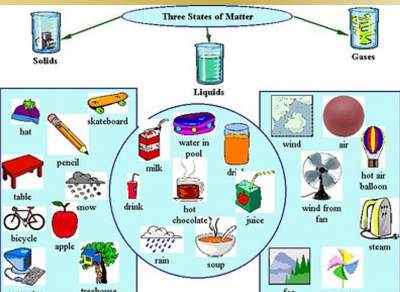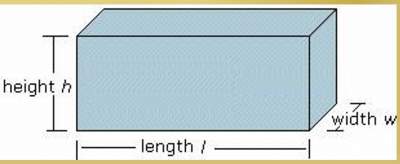Density
Mass
Measurement of the amount of matter(or stuff) in an object Measured in grams (g).
There are 3 states of matter:
See the below illustration for more examples:

Volume
Measurement of the amount of space an object takes up and it is measured for example in milliliters (ml) or cm3

Exercise
Question: See the below illustation and determine which one would have the greater volume? The greater mass?

Density
Density is defined as mass per unit volume.
Question:See the below illustation and determine which square is more dense.

How to find the density
- Find the mass of the object
- Find the volume of the object
- Density = Mass (g) / Volume (c3)
Exercise
Assume the mass of an object is 45 grams and it takes up 9 c3 of space, calculate the density.
Solution:
Density D = M / V = = 45 g / 9 c3 = 5 g/c3



